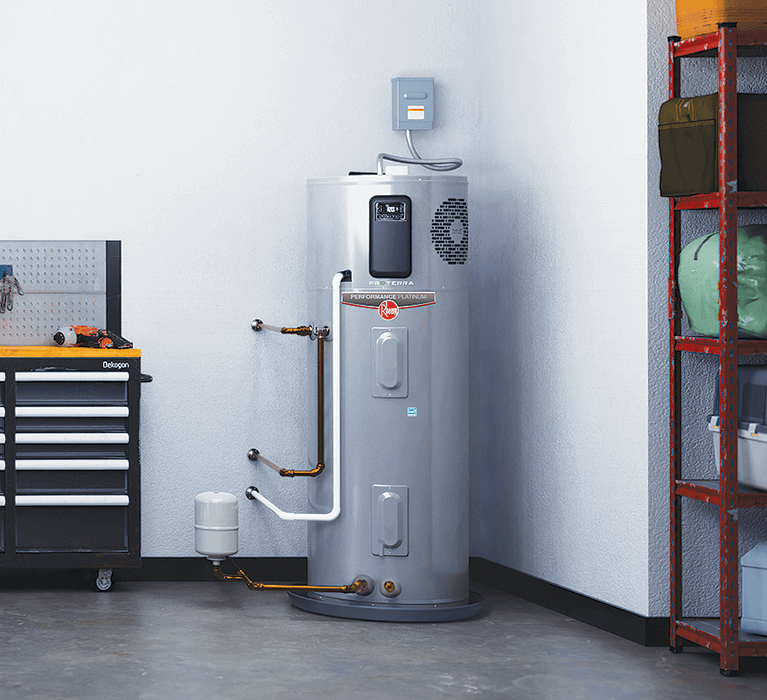Essential Advice on Caring for Your Home's Hot Water SystemEfficient Strategies for Maintaining Your Home's Hot Water System
Essential Advice on Caring for Your Home's Hot Water SystemEfficient Strategies for Maintaining Your Home's Hot Water System
Blog Article
How do you actually feel with regards to Tips on Maintaining a Water Heater?

Warm water is essential for daily comfort, whether it's for a rejuvenating shower or cleaning dishes. To guarantee your warm water system runs successfully and lasts longer, routine upkeep is essential. This write-up provides functional pointers and insights on just how to maintain your home's hot water system to stay clear of disruptions and pricey repairs.
Introduction
Preserving your home's warm water system might seem overwhelming, but with a few easy steps, you can guarantee it runs smoothly for years to find. This overview covers everything from comprehending your warm water system to do it yourself maintenance suggestions and understanding when to employ specialist help.
Significance of Preserving Your Warm Water System
Normal maintenance not only prolongs the life expectancy of your warm water system yet also ensures it operates effectively. Ignoring maintenance can cause lowered performance, greater power bills, and even premature failure of the system.
Indications Your Hot Water System Requirements Upkeep
Understanding when your warm water system requires focus can protect against significant concerns. Keep an eye out for indicators such as irregular water temperature level, strange noises from the heater, or rusty water.
Understanding Your Hot Water System
Before diving into upkeep jobs, it's helpful to understand the standard parts of your warm water system. Typically, this includes the hot water heater itself, pipes, anode rods, and temperature controls.
Month-to-month Upkeep Tasks
Normal month-to-month checks can aid capture small issues before they rise.
Purging the Hot Water Heater
Flushing your water heater removes debris build-up, boosting performance and extending its life.
Monitoring and Changing Anode Rods
Anode poles stop corrosion inside the container. Examining and changing them when broken is vital.
Checking and Changing Temperature Settings
Readjusting the temperature level setups makes certain optimal performance and security.
DIY Tips for Upkeep
You can do several maintenance jobs yourself to maintain your hot water system in leading condition.
Looking for Leaks
On a regular basis examine pipes and connections for leakages, as these can lead to water damages and higher expenses.
Testing Pressure Relief Valves
Examining the pressure relief valve ensures it works appropriately and avoids extreme stress buildup.
Protecting Pipelines
Insulating warm water pipes decreases warm loss and can conserve power.
When to Call a Professional
While DIY maintenance is valuable, some issues call for professional know-how.
Facility Issues Needing Specialist Help
Instances consist of major leaks, electric problems, or if your water heater is constantly underperforming.
Regular Professional Upkeep Conveniences
Specialist maintenance can include complete inspections, tune-ups, and guaranteeing compliance with security criteria.
Conclusion
Regular maintenance of your home's hot water system is vital for effectiveness, long life, and price savings. By following these suggestions and understanding when to seek expert aid, you can make certain a dependable supply of hot water without unforeseen interruptions.
How to Maintain an Instant Hot Water Heater
Before tinkering with your hot water heater, make sure that it’s not powered on. You also have to turn off the main circuit breaker and shut off the main gas line to prevent accidents. Also turn off the water valves connected to your unit to prevent water from flowing into and out of the appliance. 2. When you’re done, you have to detach the purge valves’ caps. These look like the letter “T” and are situated on either side of the water valves. Doing so will release any pressure that has accumulated inside the valves while at the same time avoid hot water from shooting out and burning your skin. 3. When the purge valves’ caps are removed, you have to connect your hosing lines to the valves. Your unit should have come with three hoses but if it didn’t, you can purchase these things from any hardware or home repair shops. You can also get them from retail stores that sell water heating systems. Read the user’s manual and follow it to complete this task properly. When the hosing lines are connected, open the purge port’s valves. 4. You should never use harsh chemical cleaners or solutions when cleaning your unit. Make use of white vinegar instead. It should be undiluted and you’ll probably use about 2 gallons. 5. Now flush your water heater. This task should probably take about 40 minutes. We can’t give you specific directions for this because the procedure is carried out depending on the type, model and brand of your heater. With that being said, refer to the user’s manual. 6. When you’re done draining the unit, you have to turn off the purge port valves again. Remove the hosing lines that you earlier installed on each of the water valves. Put the valve caps (purge port) back in their respective places and be very careful so as not to damage the rubber discs that are found inside these caps. 7. Now that everything’s back in place, check your user’s manual again to find out how to reactivate your water heating system. 8. Once it is working, turn one of your hot water faucets on just to let air pass through the heater’s water supply pipes. Leave the tap on until water flows smoothly out of it. https://www.orrplumbing.com/blog/2014/september/how-to-maintain-an-instant-hot-water-heater/

Do you like more info about How to Maintain Your Water Heater & Prolong its Life? Post a comment further down. We'd be happy to listen to your thinking about this blog. We are looking forward that you visit us again before long. So long as you appreciated our blog entry if you please remember to pass it around. Many thanks for going through it.
Book Report this page